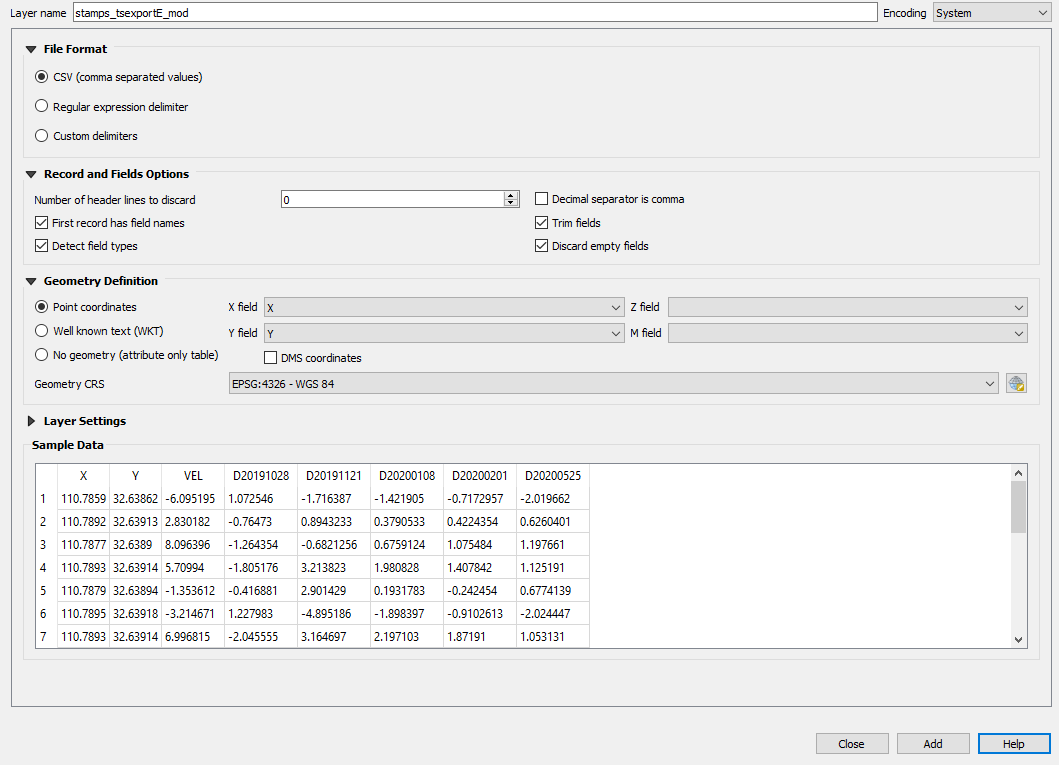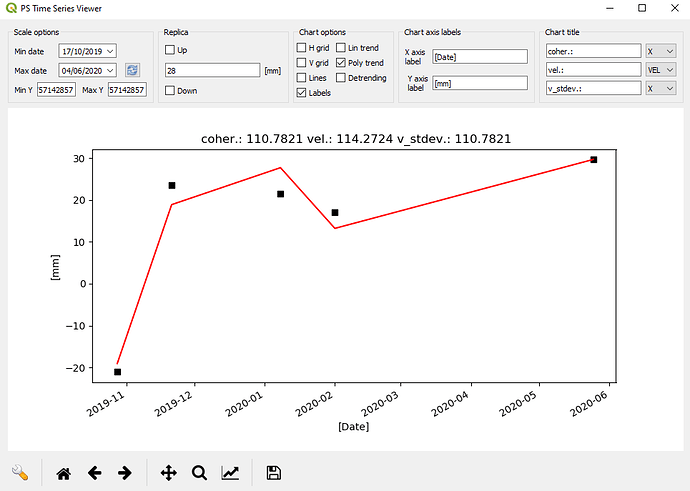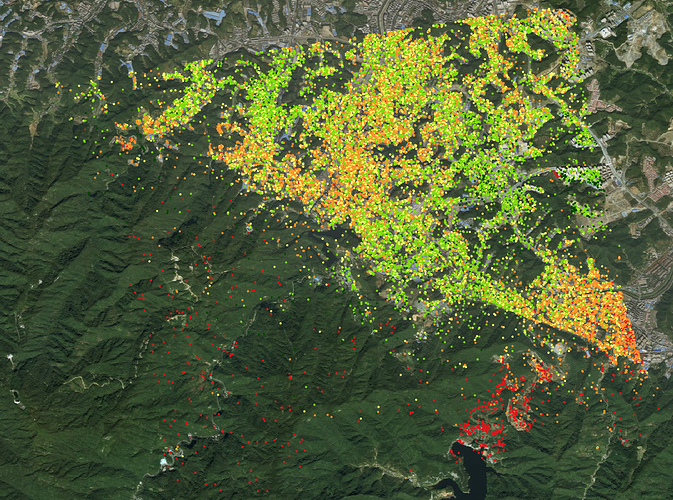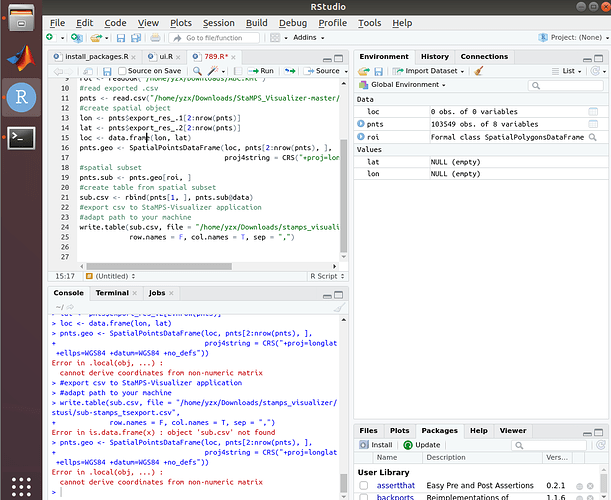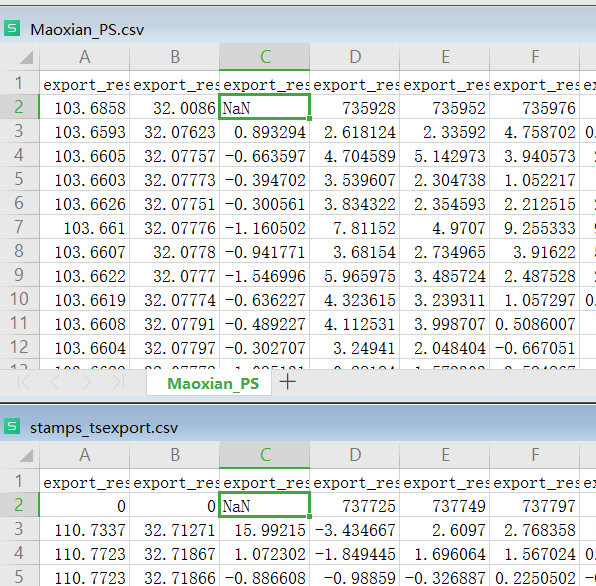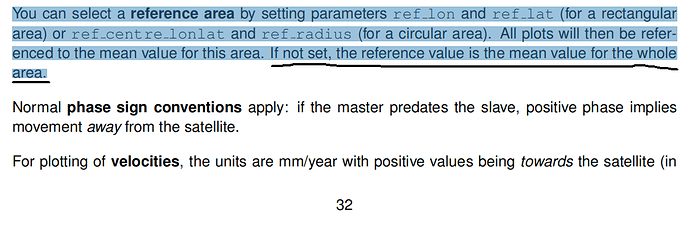you can remove a couple of the lines from the end or upload it somewhere outside the forum.
thank you ,there are more than one hundred thousand PS points,now 30 thousand remain(remove from end)stamps_tsexportD.csv (2.7 MB)
configure: error: gdal-config not found or not executable.
ERROR: configuration failed for package ‘rgdal’
I run as @thho:
[quote=“thho, post:300, topic:9613”]
sometimes I am able to use Rstudio`s gui when installtion via command does not work…lower right window, Packages tab–>klick install–>search for rgdal–> klick install
[/quote]
please have a look here:
and here:
you have to replace the days since year 0 by the formatted date
Then you import the points from the csv
Then you save the imported CSV as a shapefile.
Then the tool works
But I recommend to increase the number of input images to get more reliable results.
There is no clear trend in the single points and the overall image shows a strong ramp
stamps_tsexportE.zip (2.9 MB)
thnk you for your help.1/yes ,I just have a try about the scripts within 6 images to know the whole workflow .2/ compare the map between auto navi map and open street map, it seems a little shift about the each coordinate,this result in my PS points in water as showed above.3/ I download the file stamps_tsexportE,it runs successful ,very thanks for you .I’ll do further exercise to learn.
a possible explanation for smaller shifts is given here:
hello,viStaMPS 2.1 subset progrom error :as below,I compared the two csv files structure ,one is direct ly exported from matlab2018 (stamps_tsexport.csv)the other is the example of viStaMPS 2.1(Maoxian_PS.csv).the question is what’s 2row 1:2col mean (before NaN in Maoxian_PS.csv)?
I think you are mixing up the packages:
The R scripts developed by @thho are called the StaMPS Visualizer
The Matlab GUI developed by UTAD is called ViStaMPS
About the NaN column - this is explained here:
thank you for your mention,I indeed mix up two plugins.Another question ,how can I sort the result of csv file or shp file ,which related to [2:nrow, 3] mean velocity 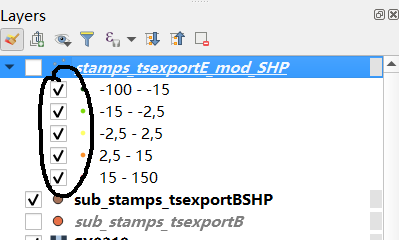 ?
?
in QGIS you can sort columsn of an attribute table by clicking on their name. https://docs.qgis.org/2.18/en/docs/user_manual/working_with_vector/attribute_table.html#sorting-columns
HI,I’ve read through https://docs.qgis.org/2.18/en/docs/user_manual/working_with_vector/attribute_table.html#sorting-columns .if there any other materials related , recommend to me please!
can you describe a bit more what you mean by “sort the result of csv or shp”?
sorry for my poor english,what I want is different velocity rank in different level ,just as -100 --15,-15 --2.5,-2.5 -2.5,etc.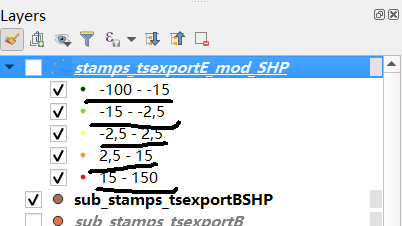
hello!@thho:I dont know how to choose a better ref point in ps_plot frame ,that is just I wondering about ,i’ll read line by line blow,
I’ve read throug P32 of StaMPS_Manual_v4.1b1.pdf,It seems said how to defined a ref area. I always define a ref point in ps_plot frame as random and don’t know which point is the stable one among dense candidate points.i know I totally wrong about a ref point and dont know how to correct?
Hi…have a good day @thho @ABraun… I want to try to process the ALOS 2 Data for PSInsar using SNAP-StaMPS Workflow, do you know ho to prepare the ALOS 2 data…??.. is it just the same with Sentinel 1 Data Preparation…??.. Thank You in Advance… 
It is actually much easier, because ALOS-2 is Stripmap and does not need Split, Deburst, ect…
You simple create one stack with the coregistered products (first input for the StaMPS export) and apply interferogram generation (including topographic phase removal) on this stack. This is the second input for the StaMPS export.

